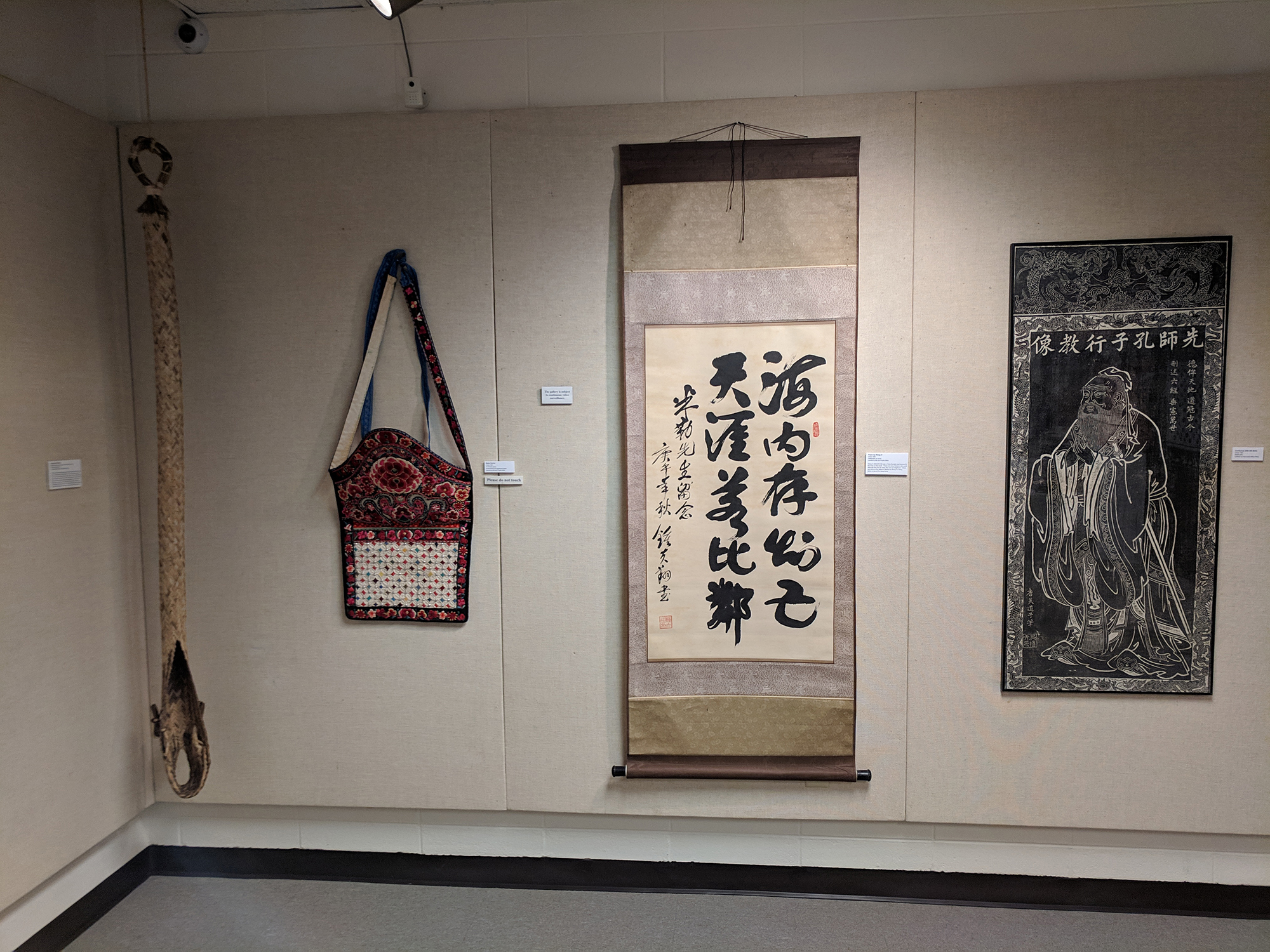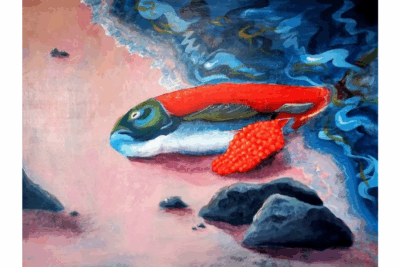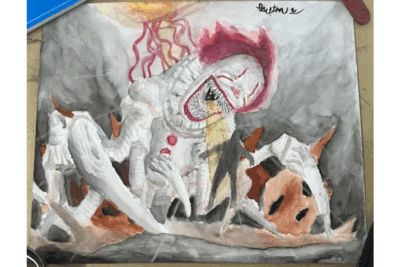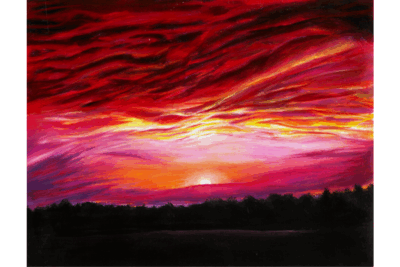The Good LIbrary Art Gallery is currently home to an exhibit recognizing the 50th anniversary of Goshen’s Study Service Term. The exhibit, entitled “Brought Home: Objects and Stories from 50 Years of SST,” is comprised of artifacts students and faculty members brought back to the U.S. from their SST experiences.
There is a wide selection of exotic objects, fine art and folk art, including paintings, textiles, toys, carvings, costumes, jewelry, ceramics, baskets, masks and metalwork. Some of the objects were gifts from friends who went to foreign countries, while others were brought back by the travelers themselves.All of these items come with a lasting story, as well as memories of people and events from the objects’ countries of origin.
The items come from a wide span of the 50 year history of SST, from the first unit in 1968 to trips that have occurred in the past couple of years.
There are objects and art representing countries GC no longer travels to, such as Guadeloupe, Nicaragua, Costa Rica and Jamaica. There are also items from every country currently available: China, Tanzania, Peru, Senegal and Indonesia.
While there are not items from all SST locations, a large variety of countries are represented, not limited only to the ones mentioned above.
John Blosser, professor emeritus of art, is the curator of the exhibit. He was assisted by students Rachel Yoder and Katie Yoder, both seniors. The exhibit is sponsored by the International Education Office and the Mennonite-Amish Museum Committee. Jan Bender Shetler, Ervin Beck and Barbara Smucker joined Blosser, Rachel Yoder and Katie Yoder as members of the planning committee.
Submissions for the exhibit came from SST alumni still at Goshen College, both students and faculty.
The objects vary in functions and aesthetics. Some are practical objects, while others are simply artistic pieces. They range from a machete to intricately designed cloth to dozens of pins with Mao Zedong’s face on them.
“The number one reason I would recommend coming to see the exhibit is not just to view the wide variety of objects, but to also read the stories and meanings that go with them,” Katie Yoder said.
The objects and their stories connect people that have gone on SST with those that have not yet gone or are not able able to go.
A reception was held Wednesday, March 6 from 3:30 to 5 p.m. as part of the global education conference.
The exhibit runs through May 19 and is free and open to the public.



